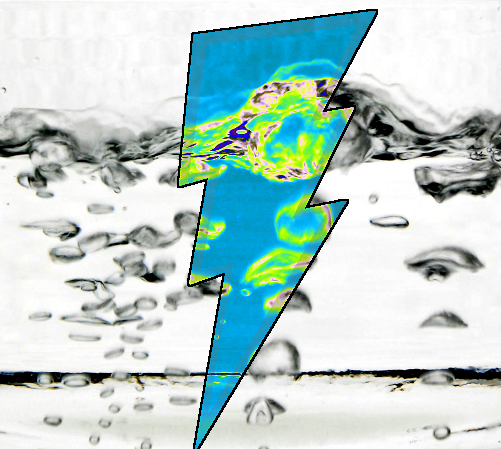Hydrogen supply laid out
 Australian experts have come up with a new supply chain model to assess the viability of the seabound hydrogen economy.
Australian experts have come up with a new supply chain model to assess the viability of the seabound hydrogen economy.
Hydrogen has been touted as the clean fuel of the future; it can be generated from water and produces zero carbon emissions. However, it is currently expensive to transport over long distances, and currently no infrastructure is in place to do so.
The new supply chain model, created by researchers in Australia, Singapore and Germany, successfully guides the development of international transport of hydrogen and its embodied energy.
The full report has been published in the journal Energy Conversion and Management.
Associate Professor Kaveh Khalilpour, from the University of Technology Sydney (UTS) and lead of the report, said supply chain design is critical for making hydrogen economical.
“We looked at the renewable hydrogen export from Australia to Singapore, Japan, and Germany. Surprisingly, the analysis revealed that it matters whether the goal is to export ‘hydrogen the atom’ or ‘hydrogen the energy',” he said.
“Each choice leads to a different supply chain system.
“Therefore, a thorough understanding of the whole system is necessary for correct decision making,” said Associate Professor Khalilpour.
“The abundance of renewable energy resources in Australia, as well as its stable economy, means the country can attract investments in building these green value chains in our region and even as far away as Europe.”
Hydrogen is expected to help diversify Australia’s renewable energy resource beyond solar and wind power.
This is seen as critical to the country’s energy security, as well as necessary for climate change mitigation.
“Hydrogen is just an energy carrier, i.e. not a primary energy source, and thus only a means to an end for transporting renewable energy from one place to another,” Associate Professor Khalilpour says.
“The key business question around the emerging hydrogen economy is whether commodities such as green hydrogen, methanol or ammonia can be exported profitably and competitively also over long distances and across the oceans, thus bringing green energy to other places in the world.
“If this is so, this will also have major international energy and climate policy implications,” said Professor Reinhard Madlener, co-lead of the project, from RWTH Aachen University, Germany.
“Our model suggests that methanol shows great promise as a chemical carrier for exporting renewable energy from Australia at low costs,” said Professor Iftekhar Karimi, from the National University of Singapore, and co-lead of the project.








 Print
Print